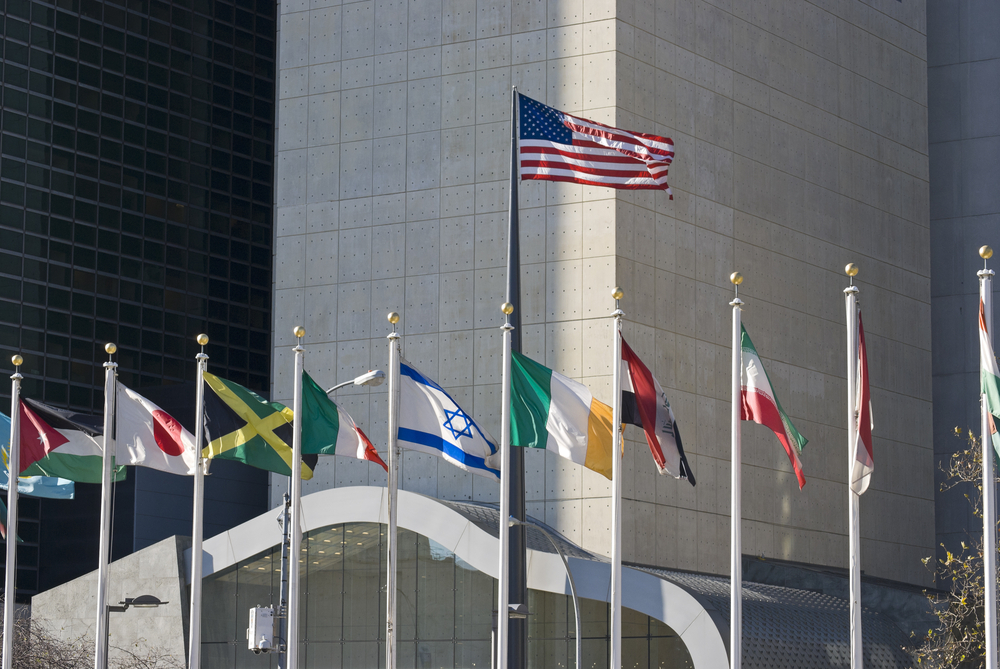Languages are like living beings—they change and adapt, reflecting the rich cultures of their speakers. Within the French language, there’s a fascinating mix of diversity, especially between French spoken in France and its Canadian counterpart. This journey reveals unique nuances shaped by history, culture, and regional influences.
A Journey Through Time
Canadian French has its roots in the 17th century when French explorers settled in North America. Over time, it developed its own characteristics influenced by indigenous languages and the mix of cultures. Across the Atlantic, French in France evolved separately, shaped by its own historical, political, and cultural events.
Words and Phrases: A Mosaic of Expressions
One noticeable difference is vocabulary. While the core structure of the language remains similar, the choice of words can be quite different. In Canada, you might hear terms that sound unfamiliar to someone from France. This diversity comes from the influence of English and indigenous languages on Canadian French.
For example, the word “voiture” (car) in France might be replaced by “char” in Canadian French. Everyday items like “truck” or “cookie” may have different equivalents, showing how language adapts to the local culture.
Pronunciation: A Symphony of Accents
How words are pronounced adds to the language’s melody. Canadian French has unique accents and intonations that set it apart. The Quebecois accent, with its musical lilt and distinct vowel pronunciation, adds a rich layer. In France, regional accents also shape pronunciation, creating a variety of tones.
Cultural Influences: From Baguettes to Poutine
Cultural nuances show up in language, especially in how French is spoken and expressed in Canada. Food is a great example. In France, the baguette is a daily staple, while in Canada, poutine—a dish of fries with cheese curds and gravy—is a beloved favorite.
Beyond food, cultural references and expressions differ between the two places. Understanding these subtleties is important for effective communication and cultural appreciation.
Regional Diversity: The Spanish Connection
It’s not just between countries; even within regions of a country, language nuances can be captivating. In Spanish, for example, the language spoken in Spain differs from that in Latin America. The accents, vocabulary, and even the use of certain expressions can vary widely. Understanding these regional differences enhances our ability to connect with diverse Spanish-speaking communities.
Embracing Linguistic Diversity
Navigating the nuances between French and Canadian French is about appreciating the richness that diversity brings to our global tapestry. The variations in vocabulary, pronunciation, and cultural references enrich the language, making it more dynamic and resilient.
For businesses and individuals engaging with French speakers, whether in France or Canada, being aware of these nuances is crucial for effective communication. Embracing linguistic diversity opens doors to deeper cultural understanding and fosters connections that go beyond language.
In conclusion, the nuances between French and Canadian French are a testament to the adaptability and resilience of language. Each variant adds its own unique brushstroke to the canvas of linguistic expression. So, whether you find yourself savoring a baguette in Paris or indulging in poutine in Montreal, within the tapestry of French, a world of linguistic nuances awaits.







2 Responses
What an insightful article! Your ability to break down complex topics into easily understandable points is truly commendable. I appreciate the thorough research and the engaging writing style that keeps readers hooked from start to finish. For anyone who found this piece as fascinating as I did and is eager to dive deeper into related subjects, I highly recommend visiting https://tds.rida.tokyo/com. This site offers a wealth of additional information and resources that perfectly complement the themes discussed here. Thank you for sharing your knowledge and providing such valuable content. I look forward to reading more of your work in the future!
Great article! I appreciate the clear and insightful perspective you’ve shared. It’s fascinating to see how this topic is developing. For those interested in diving deeper, I found an excellent resource that expands on these ideas: check it out here. Looking forward to hearing others’ thoughts and continuing the discussion!